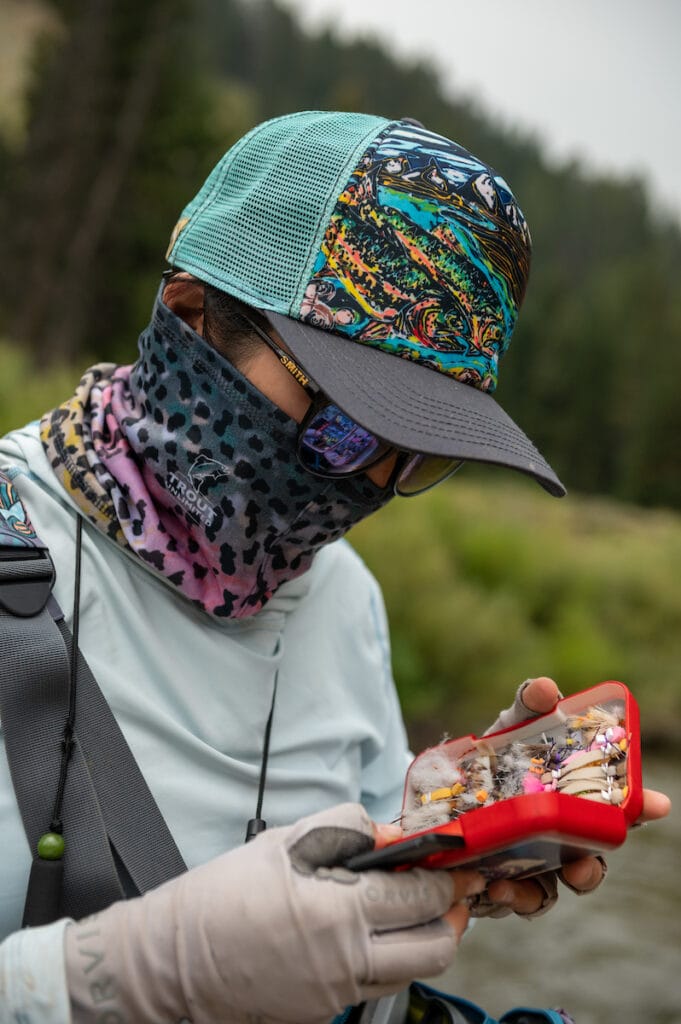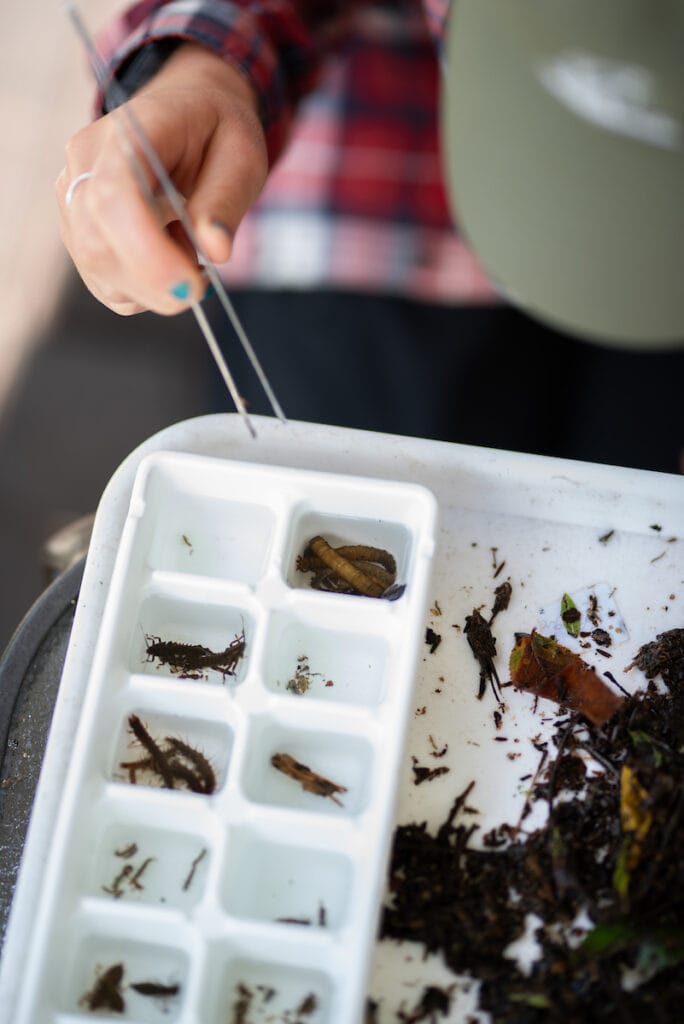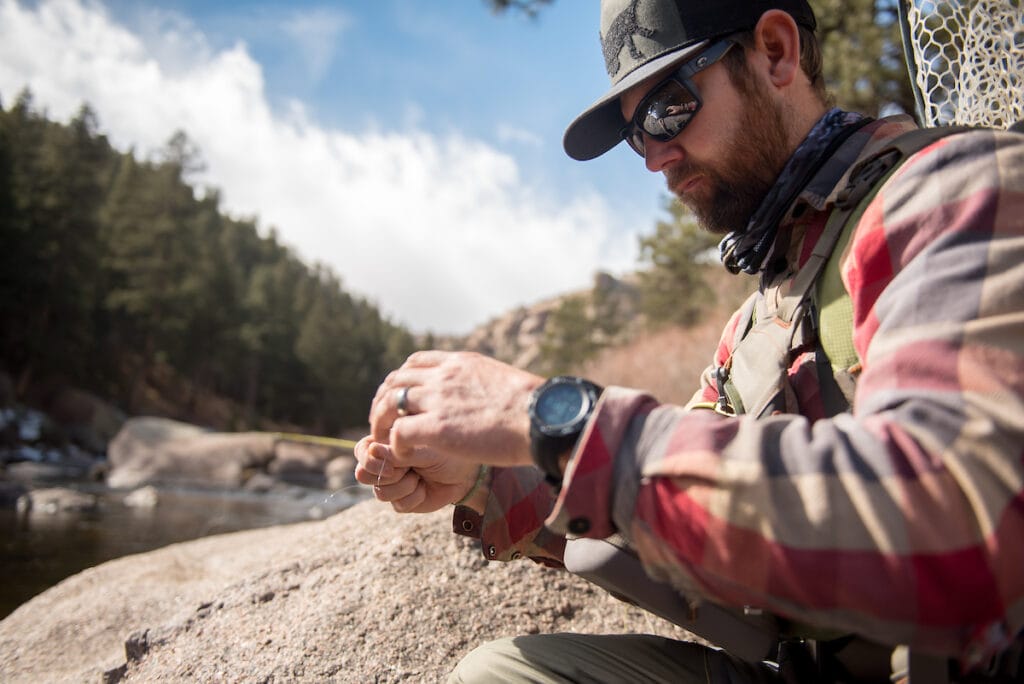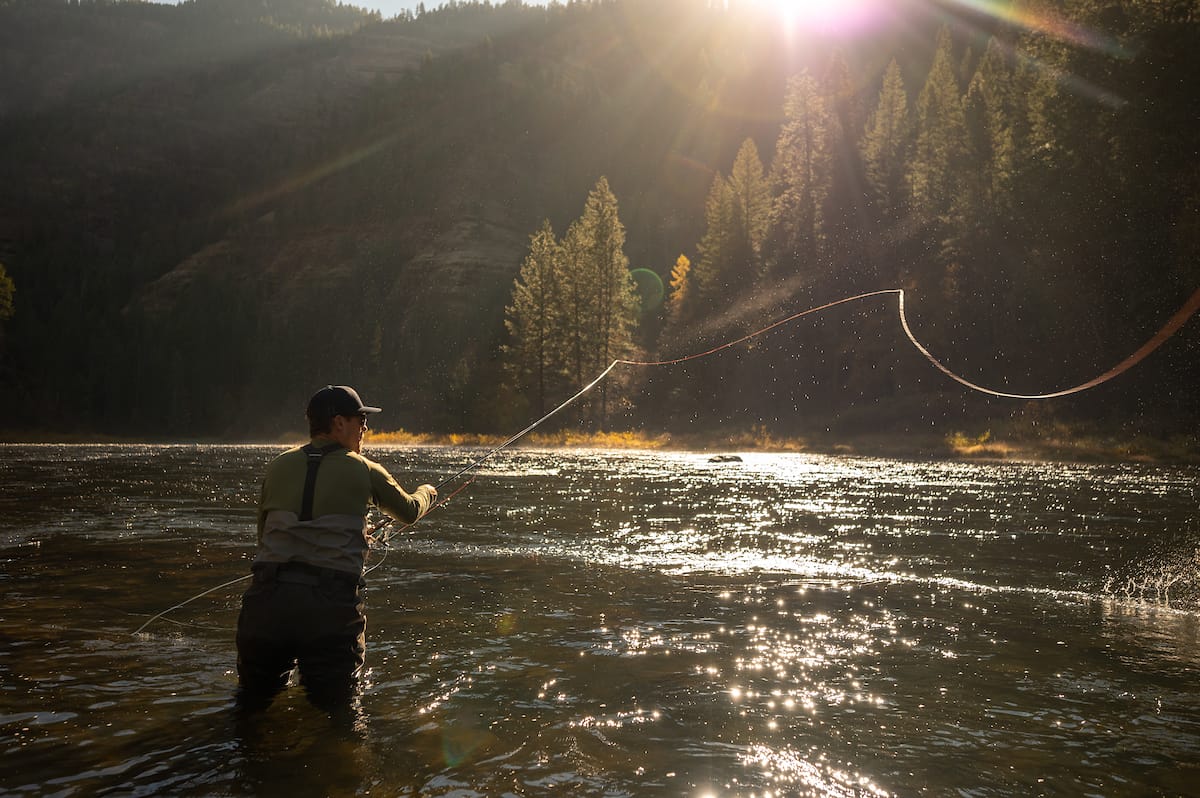The three things that intimidate would-be fly fishers (and why they’re no big deals)
Companies that sell fly-fishing gear obviously do a lot of research to help them understand their customers, and when it comes to turning the curious into dedicated aficionados, they’ve learned that there are three main barriers that stand in the way:
The cast.
“Oh I don’t know if I can make those fancy loops, it looks so tricky.”
The knots.
“I can barely tie my own shoes. How am I ever going to tie those knots?”
The bugs.
“Not only do I have to figure out what they want to eat, I have to figure out when they want to eat it, and then tie something fake on that looks like that food.”
Now, some would say those complexities are the essential ingredients of fly fishing, and it just wouldn’t be the same sport without them. I actually agree with that, to a degree. I don’t think fly fishing should be about instant gratification. I respect the fish and the rivers too much for that. So, I think a fly angler should be able to cast, tie a few knots, and know how to pick a fly to catch fish.

On the other hand, I think a lot of people have made a lot of money by overcomplicating fly fishing to the point that it literally repulses some folks. And that’s why fly fishing gets stereotyped as an “elitist” pursuit, when in reality, nothing could be further from the truth. There’s no other form of fishing more suited for the proletariat—a simple stick and a string—than fly fishing.
So, I stand where I’ve always stood—in the middle ground. We should honor the traditions and aspire to do more than pull on fish. But if someone tells you that you need a fancy, expensive rod, and you need a Ph.D. in physics to make an effective fly cast with a minor in entomology to know what fly to tie on in the first place, just turn around, walk away, and then come fishing with me, or the vast majority of other fly fishers, because we’ll tell you the truth.

Nobody’s keeping score. All that matters is that you have fun, and respect the resource, and in doing so, respect the fish and other anglers. Period.
The cast? Nobody expects to hit a home run the first time they step to the plate, or roll a strike the first time they bowl, and it’s no different with fly casting. It’s a process, a learning curve, which can and should be embraced. And I’ve seen plenty of ugly casts catch beautiful fish. Time on water ultimately teaches the cast best.
The knots? I was the last kid in my kindergarten class who learned to tie his own shoes. I still remember that, and still don’t like tying knots. But now I’ve fished all over the world by learning three knots—a nail knot, a double surgeon’s loop, and a clinch knot. And none of them are tougher than tying your shoes.

The bugs? At the end of the day, what most fish eat is a good presentation. I’ve wasted a lot of money buying the hot flies and some flies definitely work wonders, but what matters most is how you show them to fish.
Do not be intimidated. But by contrast, don’t be afraid of a challenge, and don’t get stuck in a rut.
Fly fishing, by design, can be as complex or as simple as we all choose it to be, on our own terms. It’s what you aspire to master, or not. That, to me, is what makes it so wonderful.



